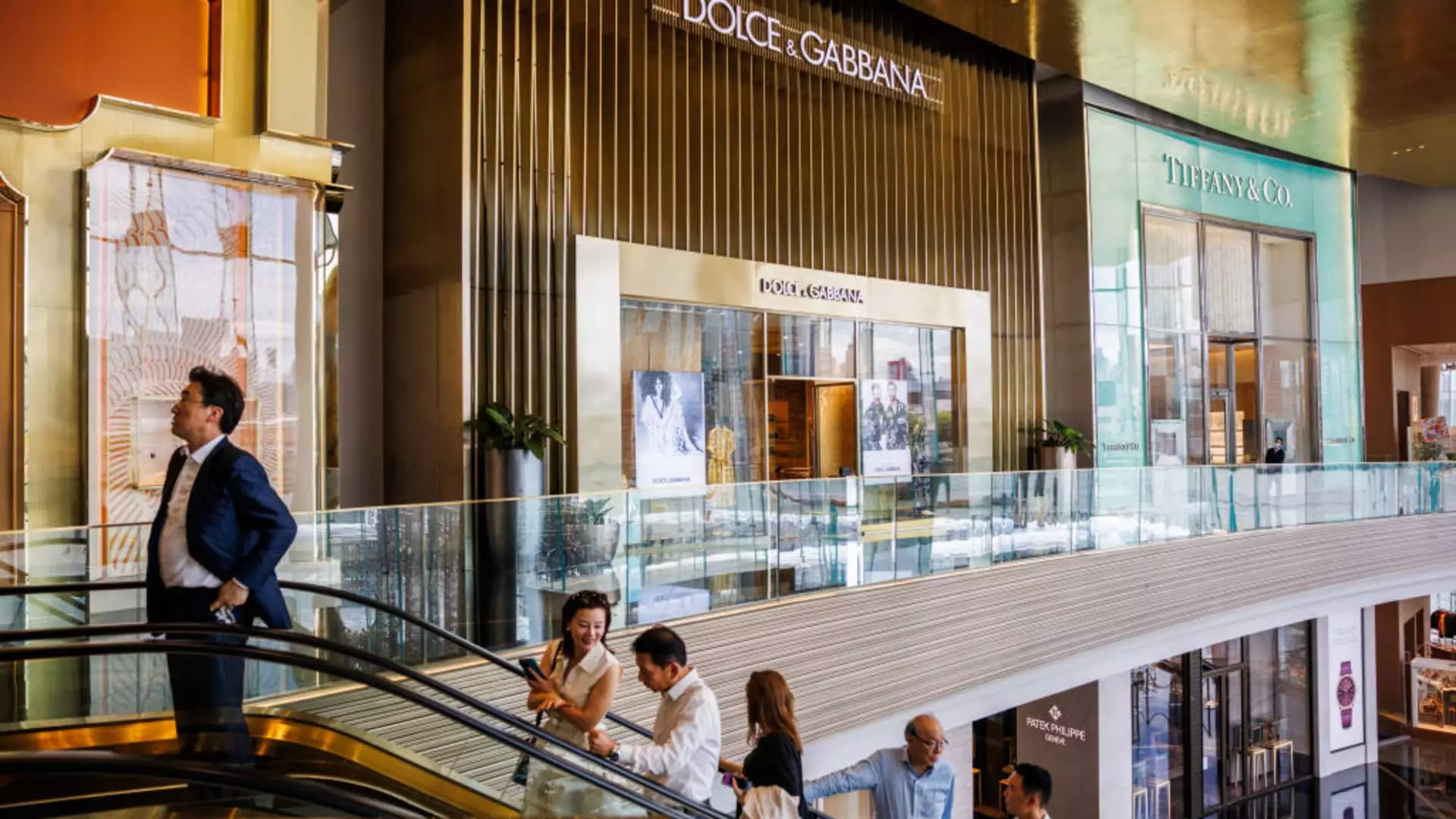The personal luxury goods market is entering a phase of significant change, which marks its first noticeable slowdown since the aftermath of the Global Financial Crisis. According to Bain & Company’s recent annual luxury report, a confluence of macroeconomic uncertainties coupled with a marked decline in consumer spending in China has led to this situation. This slowdown is particularly alarming as it is the first decline in the demand for luxury items—ranging from high-end fashion to fine jewelry—over the past 15 years, excluding the disruptions caused by the COVID-19 pandemic.
The report suggests that 2024 will experience a contraction in the luxury sector, with a projected overall decline of approximately 2%. Factors contributing to this downturn include rising costs and a notable decrease in customer loyalty, which have resulted in many consumers shunning traditional luxury brands. As a result, profits for these brands are under pressure, suggesting a need to adapt to an evolving marketplace.
One of the most pressing issues highlighted in Bain’s findings is the flatlining of luxury spending, projected to remain stagnant at roughly 1.5 trillion euros ($1.59 billion) in 2024. While some segments of the luxury market, such as travel and fine wines, have experienced mild growth, the larger luxury goods sector is grappling with overarching economic challenges. Major players in the luxury market, including LVMH and Kering, have reported disappointing earnings, often attributed to the broad economic landscape marked by inflation and uncertainty.
Perhaps the most concerning aspect of this report is the pronounced decline in sales from the Chinese market. This region has historically been a stronghold for luxury consumption, and its decelerating economy poses a critical risk for brands eager to capitalize on high spending power. Even brands like Richemont, which have managed to maintain relative resilience in previous downturns, have felt the pressure, reporting a 1% decrease in sales tied to falling demand from China.
Shifting Consumer Preferences and the Rise of Experience-Based Spending
In the face of adversity, there are indications that some luxury markets, particularly in Europe and the United States, are beginning to show signs of a rebound. Japan has emerged as a leader in this recovery, largely due to favorable currency exchange rates. The report notes that if significant economic hurdles do not impede progress, a slight growth in the luxury sector could be anticipated in the upcoming year.
A particularly striking shift in consumer behavior has been the pivot towards experience-based spending rather than traditional luxury goods. Travelers are increasingly investing in unique experiences, gourmet dining, and wellness activities, indicating a shift in priorities among consumers. Additionally, small luxury items such as beauty products and eyewear have seen increased sales as shoppers seek accessible indulgences during more financially cautious times.
Amid these shifts, brands are faced with the pressing challenge of attracting and retaining a modern consumer base, particularly millennials and Gen Z who are perceived as fickle. The loss of around 50 million luxury consumers in the past two years signals a wake-up call for luxury brands to reevaluate their strategies and offerings to remain relevant. Claudia D’Arpizio, a lead author of the Bain report, emphasizes the need for luxury brands to enhance their value propositions and deepen consumer engagement through creativity and personalized interactions.
To reclaim loyalty among younger audiences, brands must not only focus on the quality and exclusivity of their products but also embrace a more human touch in consumer relations. Engaging experiences, collaborative campaigns, and thoughtfully curated communications will be essential for reestablishing connections with a customer base that is eager for authenticity and relatability.
As the landscape of luxury continues to evolve amid economic uncertainty, historical norms are being challenged. Brands are urged to pivot their strategies to cater to an increasingly discerning consumer community that values experiences over possessions. In doing so, they must take bold steps to redefine luxury not merely as a status symbol, but as a meaningful thread interwoven into the fabric of everyday life. Adapting in this dynamic environment will not only help brands survive but potentially thrive in a new era of consumption.

